No description yet: Can you help?
Prefectural Museum Shimane
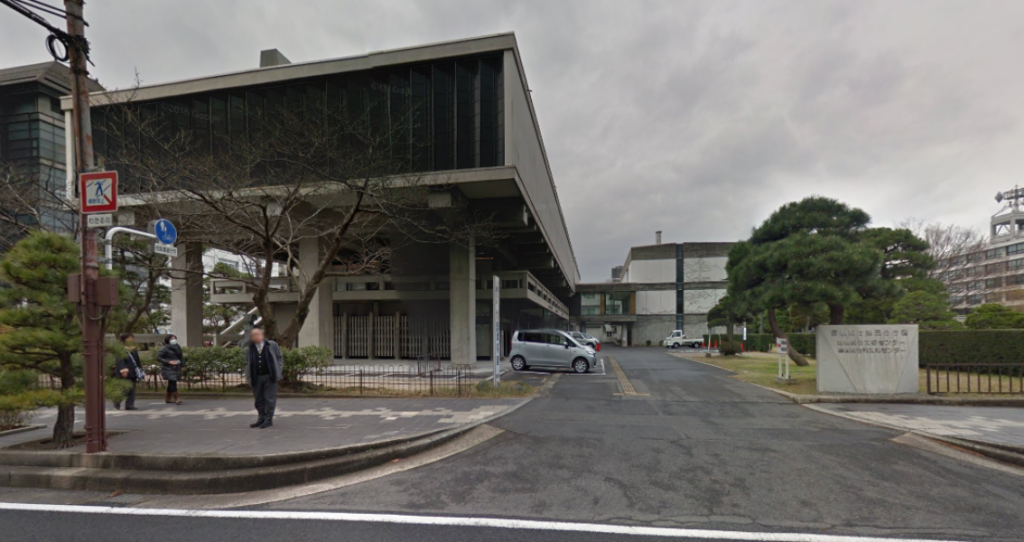

No description yet: Can you help?
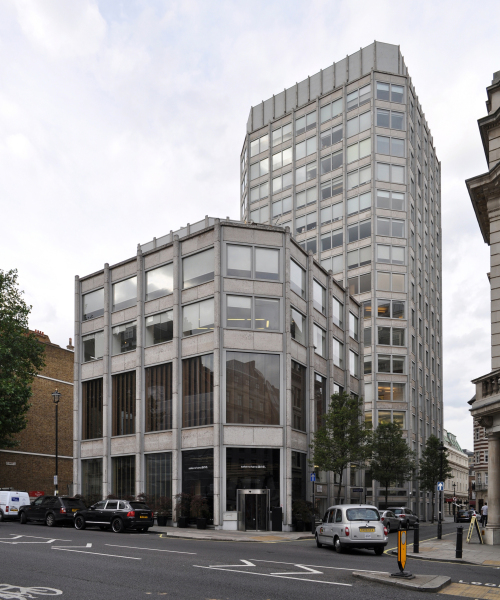
The Economist Cluster was designed for a private client and is thus more of an exception in the Smithsons’ oeuvre. Three buildings house the editorial staff of the Economist, a bank (now a restaurant), and an apartment block. The angled edges and rest…
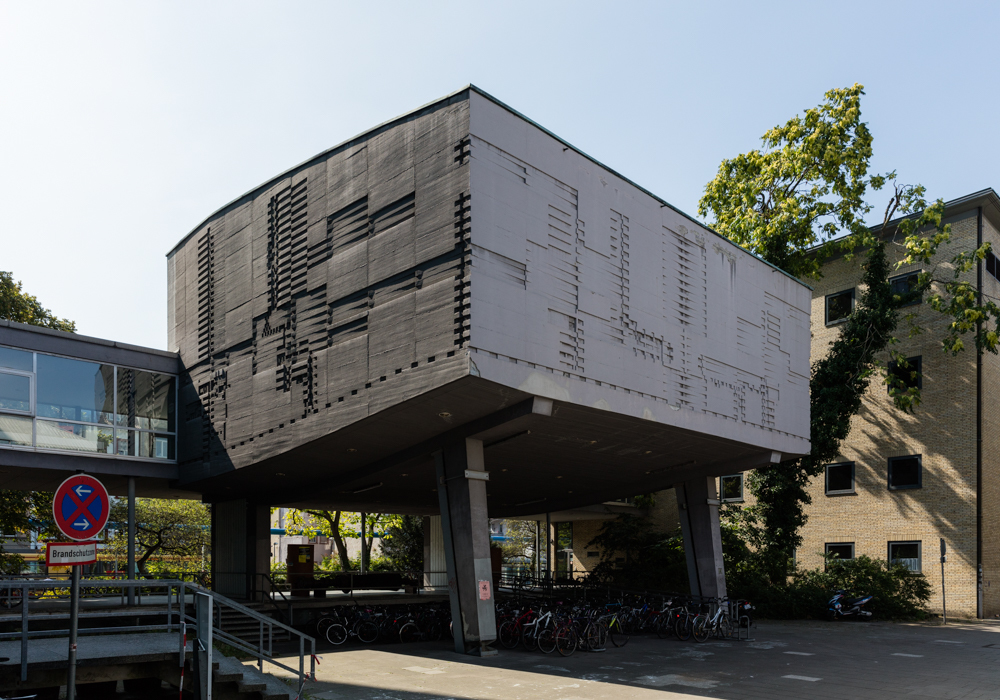
No description yet: Can you help?
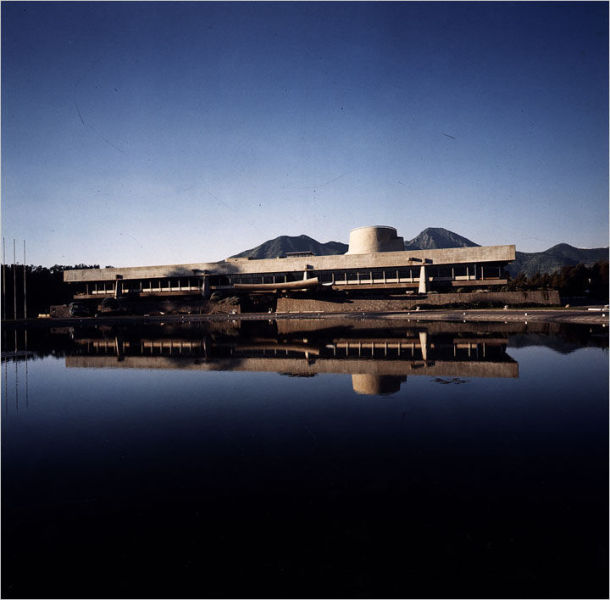
No description yet: Can you help?
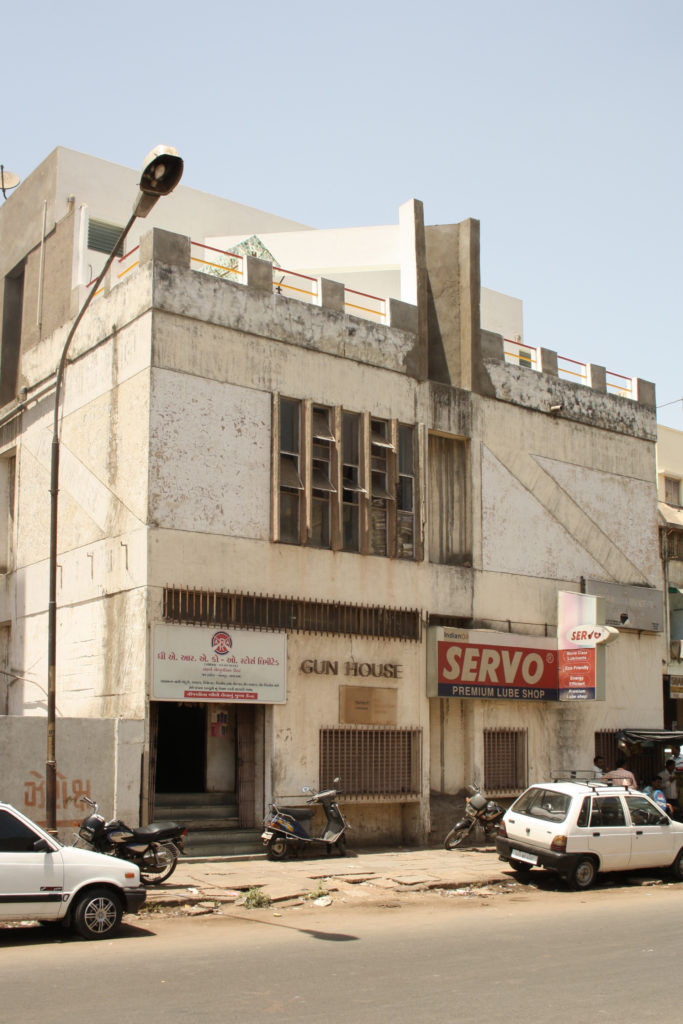
The appearance of the Gun House has completely changed over time as different tenants altered it to suit their own purposes. Initially it was planned as an office building for the Ahmedabad Rifle Association. The building consists of two separate blocks…

Located in Morocco’s interior the thermal bath complex is a very early example of an expansive, expressive concrete landscape. Here the architectural brief is given a new interpretation.
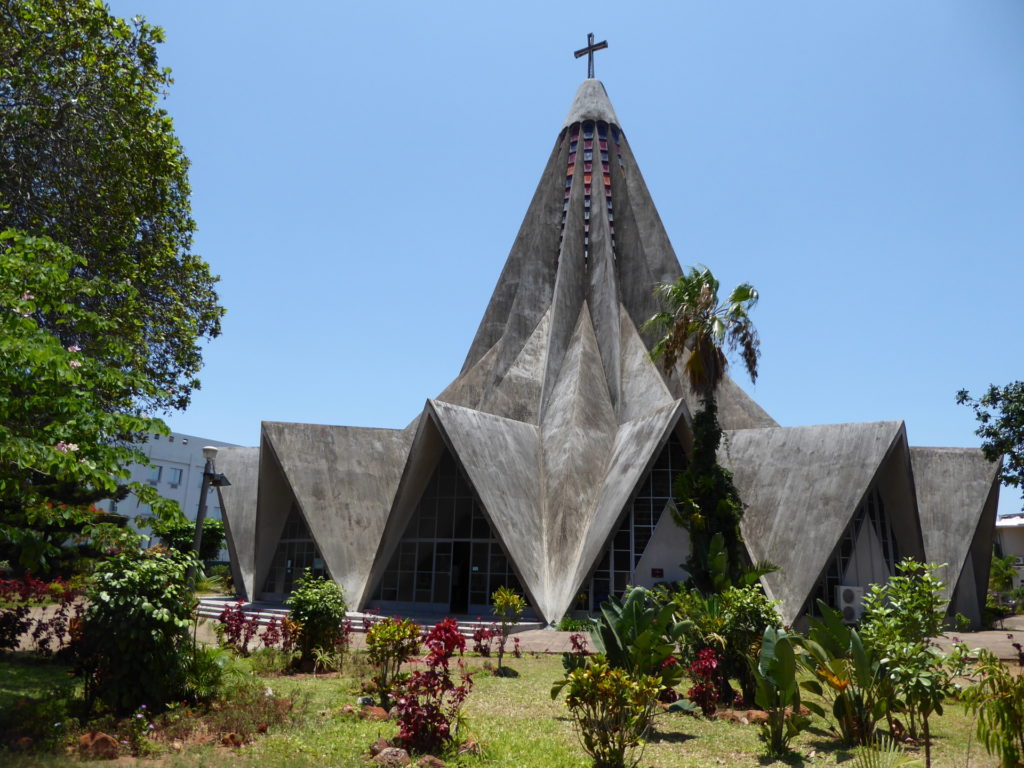
No description yet: Can you help?
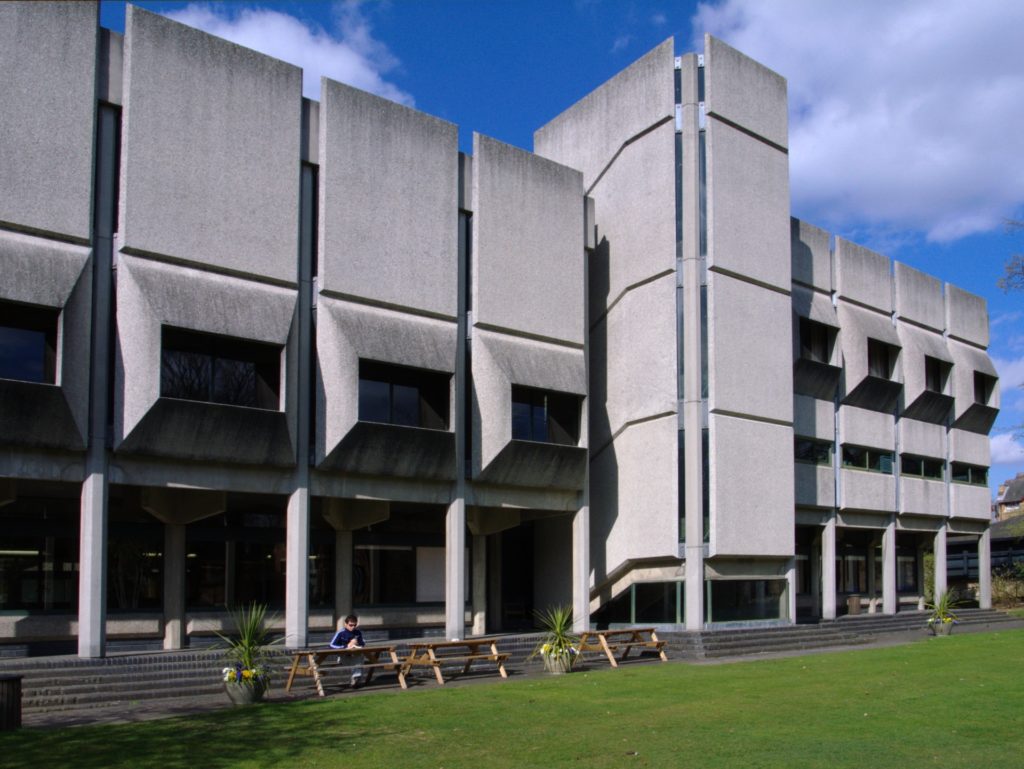
No description yet: Can you help?
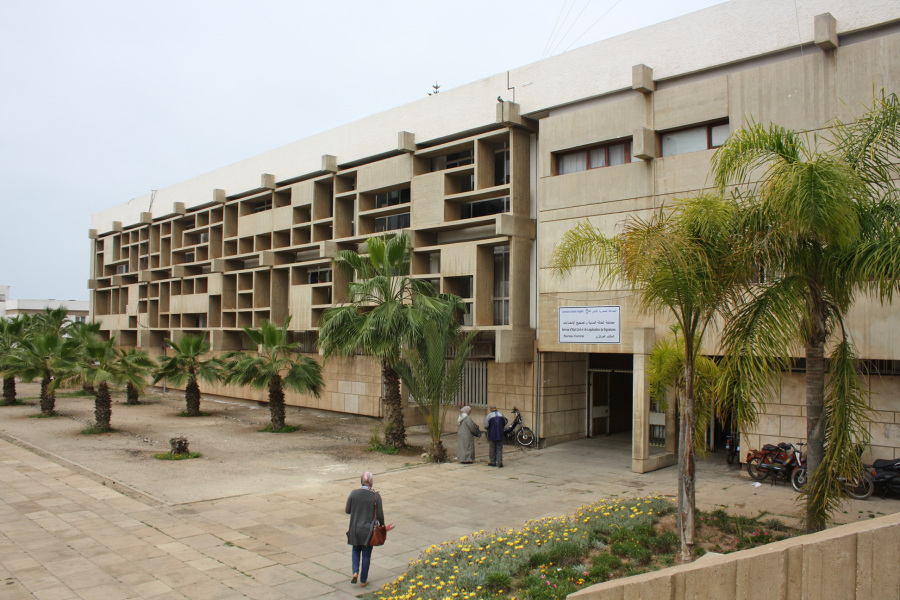
No description yet: Can you help?
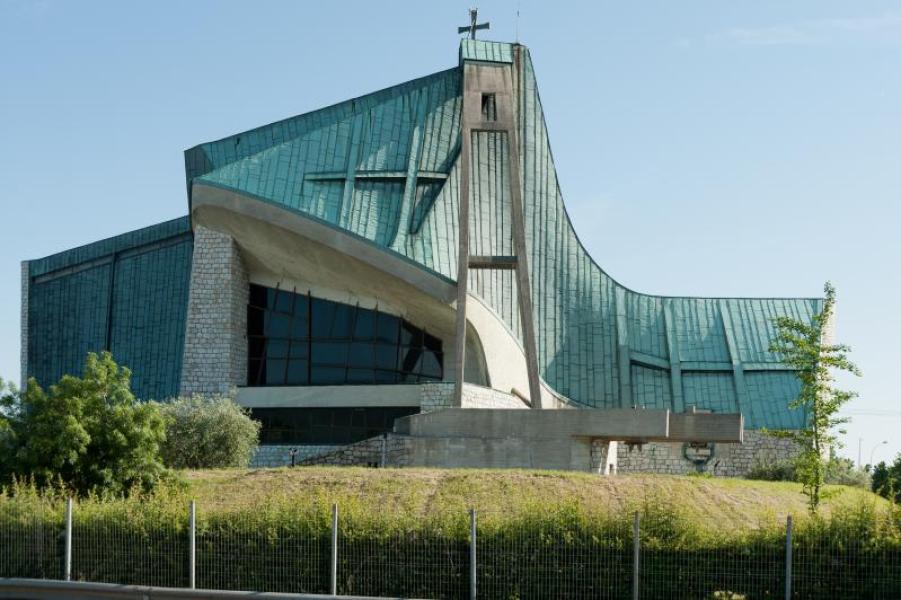
No description yet: Can you help?
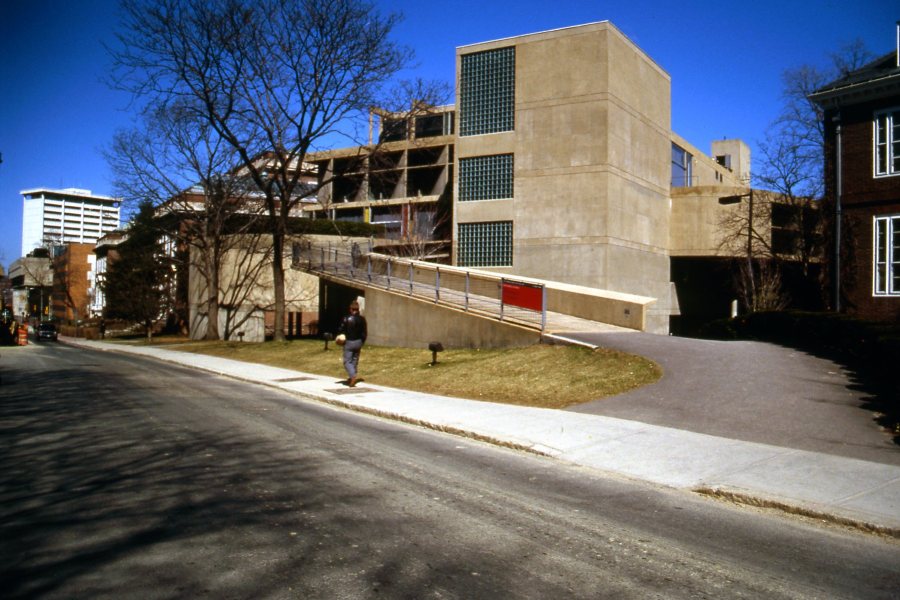
A late piece by Le Corbusier. Here one could ask whether there is any substantial aesthetic or qualitative difference to the other brutalist university builds of the time, or whether Le Corbusier should not simply be viewed alongside the mass of compara…
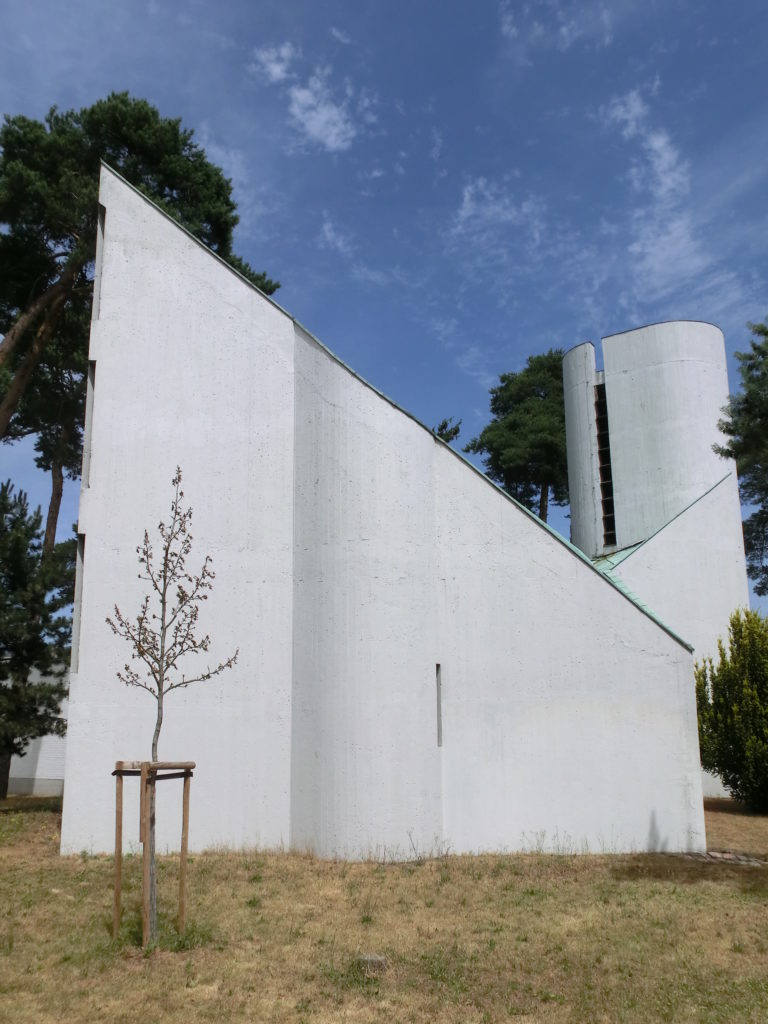
The small church is designed for only 110 seats. Striffler’s design is reminiscent of a tent structure rendered in originally exposed concrete. The effect is achieved through the floor plan and the steeply gabled roof. Next to the church is a rectangu…
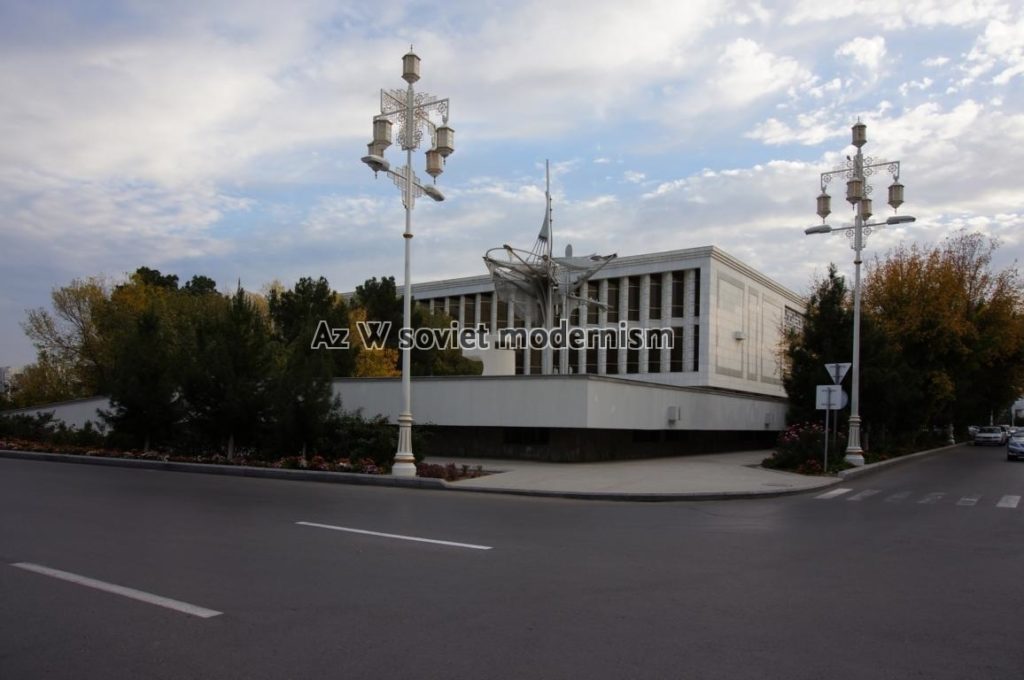
No description yet: Can you help?
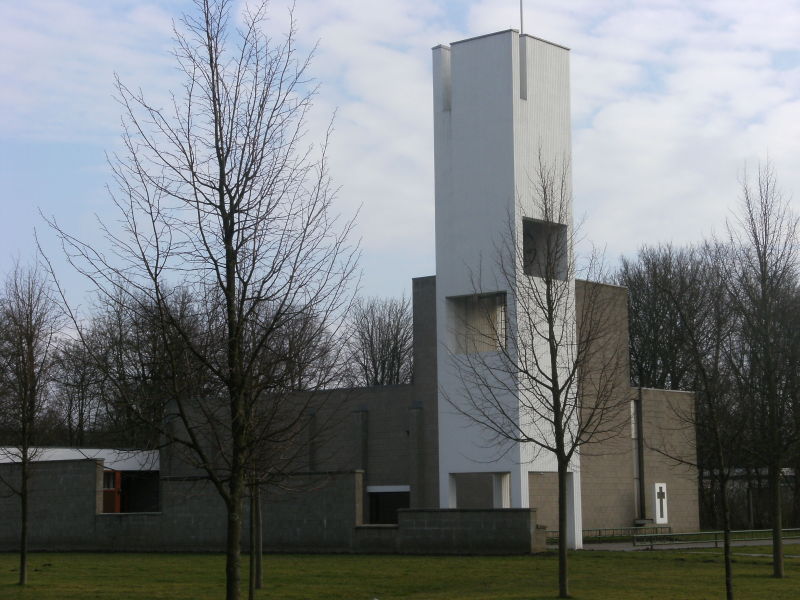
No description yet: Can you help?
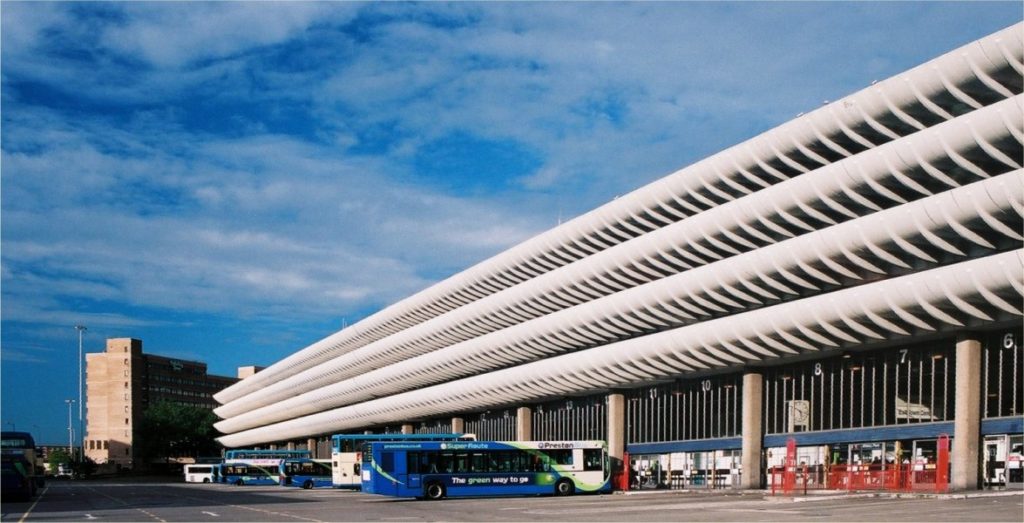
Combination of bus terminus for a maximum of 80 double-decker buses and 4-storey car park for 1,100 cars. The huge edifice measuring 170 meters in length effectively places something the size of an airport in the center of a town with 140,000 inhabitant…
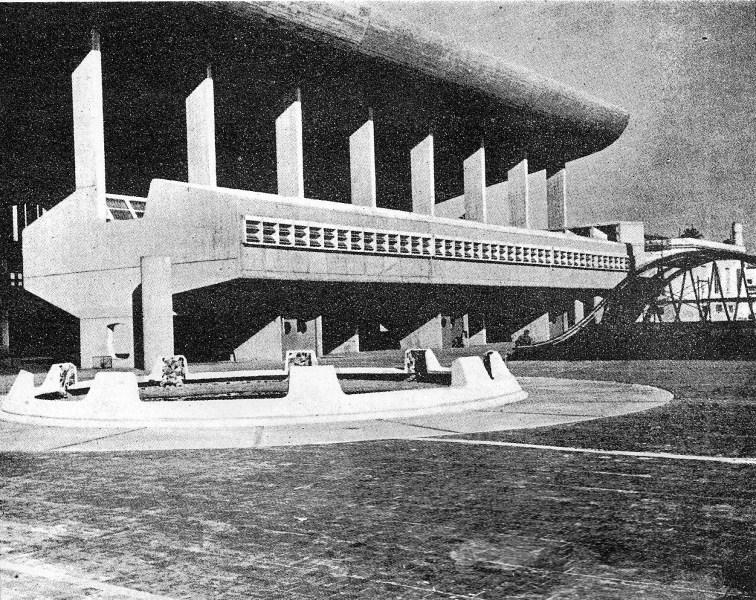
No description yet: Can you help?
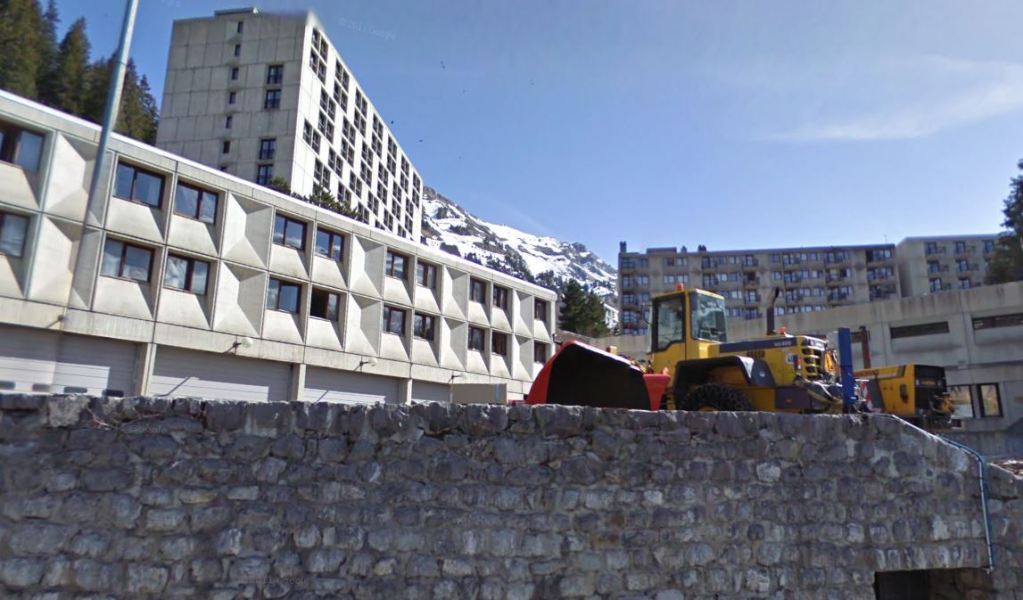
No description yet: Can you help?
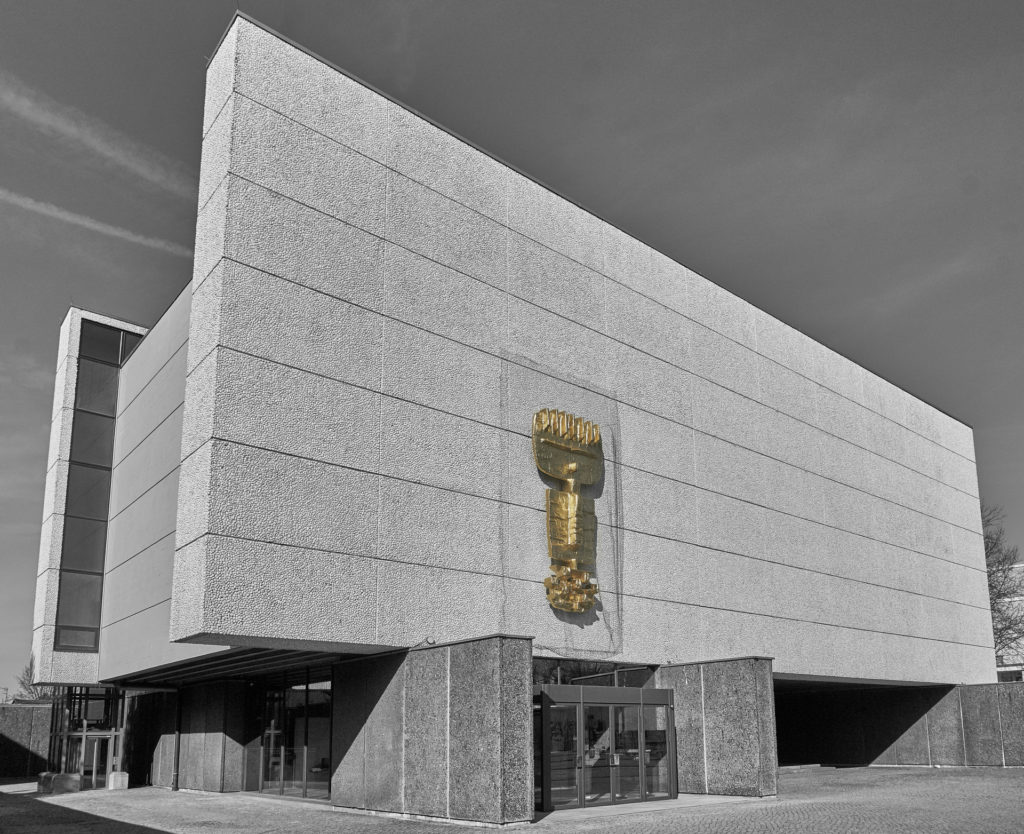
No description yet: Can you help?
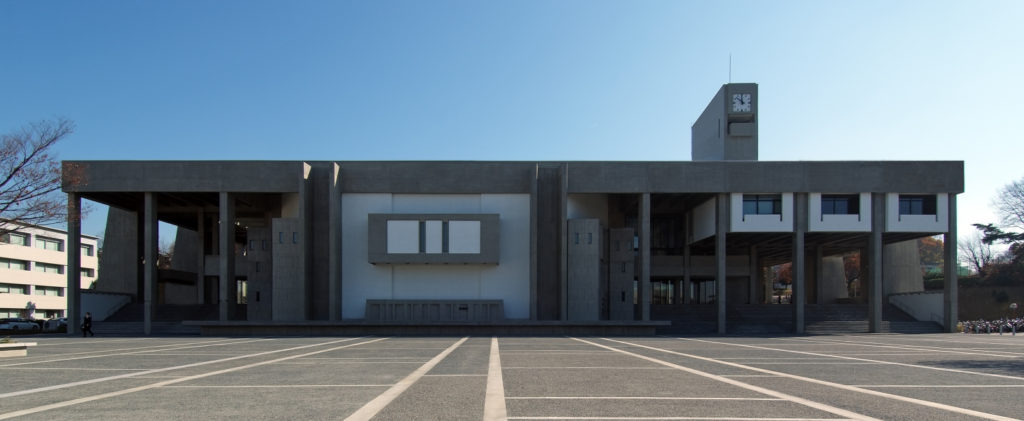
No description yet: Can you help?
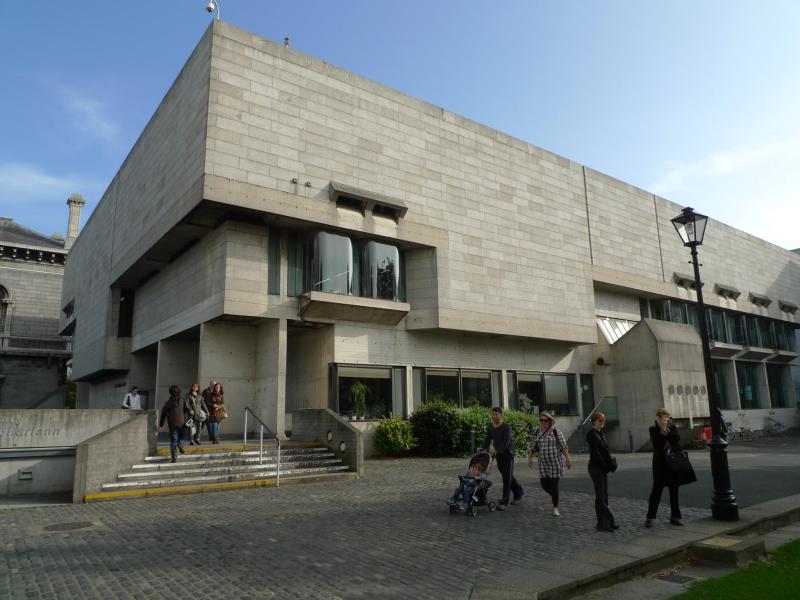
The elders of Trinity College Dublin wanted a building that spoke to the 20th century as characteristically as its neighbours the Old Library and Museum Building did to the 18th and 19th centuries respectively. And speak to the 20th century it certainly…